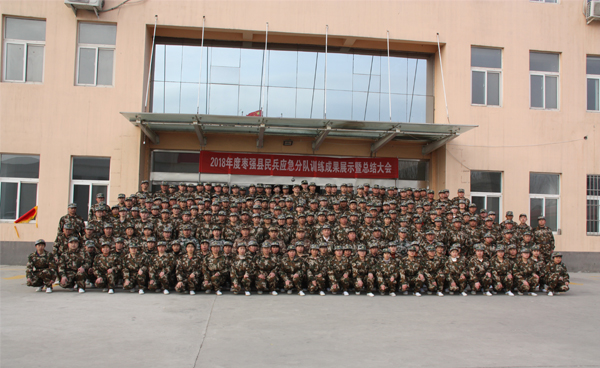
Oct . 12, 2024 23:11
Back to list
relief valves
Understanding Relief Valves Essential Components for Safety and Efficiency
Relief valves are critical components in various industrial systems, ensuring the safe operation of pressure vessels, pipelines, and other equipment. Their primary function is to prevent excessive pressure build-up, which can lead to catastrophic failures, equipment damage, or even disastrous accidents. Understanding the types, functioning, and importance of relief valves is essential for engineers and operators in maintaining safety and efficiency in industrial processes.
What are Relief Valves?
Relief valves are automatic devices that are designed to release excess pressure from a system when it exceeds a predetermined level. They are used extensively in industries such as oil and gas, chemical manufacturing, and power generation, where maintaining safe pressure levels is crucial. When the pressure in a system reaches a critical point, the relief valve opens, allowing a controlled release of fluids—such as steam, gas, or liquid—thereby preventing potential hazards.
Types of Relief Valves
There are two main types of relief valves pressure relief valves (PRVs) and safety relief valves (SRVs).
1. Pressure Relief Valves (PRVs) These are generally used in liquid applications. They are designed to open gradually as pressure increases, allowing for a smooth discharge of excess fluid. PRVs can be set to open at various pressure levels, and they are equipped with mechanisms that allow them to close completely once normal pressure conditions are restored.
2. Safety Relief Valves (SRVs) Commonly used in gas applications, SRVs are designed to open fully at a predetermined set pressure. They provide a rapid release of pressure to protect equipment from over-pressure situations. SRVs are crucial in systems where a quick response to pressure increases is necessary, such as in gas pipelines and steam systems.
relief valves

How Relief Valves Work
The functionality of relief valves is based on a simple yet effective principle. Each valve has a spring-loaded mechanism that holds it closed under normal operating conditions. When the pressure within the system rises and exceeds the set point of the valve, the force exerted by the fluid overcomes the spring tension, causing the valve to open. This release allows for pressure relief, and when conditions return to normal, the spring mechanism closes the valve again.
The set pressure of a relief valve is a critical specification that must be carefully determined based on the operating conditions of the system. Regular maintenance and testing of relief valves are essential to ensure that they operate correctly and reliably when needed.
Importance of Relief Valves
The significance of relief valves cannot be overstated. They play a vital role in preventing accidents resulting from pressure-related failures. By effectively managing excess pressure, relief valves protect not only the equipment but also the personnel working in potentially hazardous environments.
Beyond safety, relief valves contribute to operational efficiency. By preventing overpressure situations, they help maintain optimal working conditions for systems and processes, ultimately leading to increased productivity and reduced downtime.
Conclusion
In conclusion, relief valves are indispensable devices in a multitude of industrial applications. Understanding their types, functioning, and importance is crucial for anyone involved in system design, operation, or maintenance. By ensuring that these valves are correctly selected, installed, and maintained, industries can achieve heightened safety, efficiency, and reliability in their operations. As technology advances, the design and performance of relief valves will continue to evolve, but their core purpose remains unchanged safeguarding both people and equipment from the dangers of excessive pressure.
Next:
Latest news
-
Safety Valve Spring-Loaded Design Overpressure ProtectionNewsJul.25,2025
-
Precision Voltage Regulator AC5 Accuracy Grade PerformanceNewsJul.25,2025
-
Natural Gas Pressure Regulating Skid Industrial Pipeline ApplicationsNewsJul.25,2025
-
Natural Gas Filter Stainless Steel Mesh Element DesignNewsJul.25,2025
-
Gas Pressure Regulator Valve Direct-Acting Spring-Loaded DesignNewsJul.25,2025
-
Decompression Equipment Multi-Stage Heat Exchange System DesignNewsJul.25,2025

